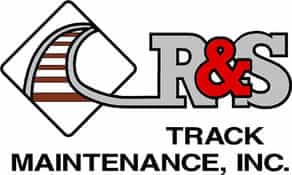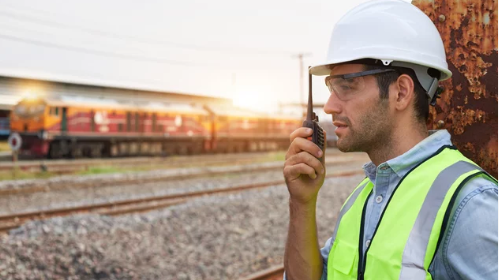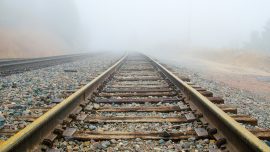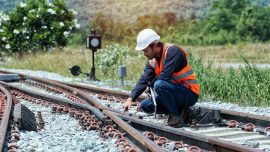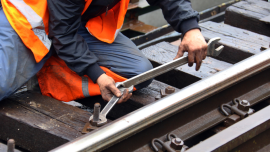What Does a Railroad Inspector Do?
In 2016, a train carrying oil through the Pacific Northwest derailed due to broken bolts on a curved section of track. A simple rail inspection could have prevented such a terrible disaster.
No one was hurt, but the resulting fire — which burned for 14 hours — led to the evacuation of the entire town of Mosier, Oregon.
According to Industrial Safety & Hygiene News, federal regulators eventually said the crash was the result of lax inspections by Union Pacific Railroad, which agreed to more diligent and frequent track inspection.
This case is yet another example of the important role the railroad inspector plays in ensuring public safety and efficient transportation. So, what does a railroad inspector do?
What Does a Railroad Inspector Do During a Rail Inspection?
Improperly maintained railroad tracks can lead to delays, malfunctions and potential accidents, often resulting in damage to rail cars and cargo as well as serious and even fatal injuries.
That’s why a railroad inspector needs to conduct regular checks on tracks to look for issues that could cause derailments.
Some of the things a railroad inspector will look for include:
- Failed/failing joints — The inspector will look at the seam where two rails come together to make sure they are flush.
- Worn-out railheads — Railheads that are worn need to be replaced to prevent wheels from slipping.
- Uneven gauge — An inspector will make sure the rails haven’t shifted, which creates an uneven — and thus unacceptable — gauge. If they have shifted, the railroad inspector will determine what caused the shift and how to fix it.
- Rail breaks — The inspector will look for places where the rails have begun to crack or split and flag those spots for repairs.
- Rotted ties — If the ties holding the rails together have begun to rot or decay, it will only be a matter of time before the rails shift or spread. The railroad inspector will determine if the ties need to be replaced.
- Standing water — If the inspector finds standing water, it could signal an issue with the ballast or substrate that — if left uncorrected — causes rotted ties or shifting rails.
- Spike issues — Spikes need to firmly grip the rail to hold it in place. If the inspector finds spikes that are loose, bent or missing, they’ll need to be replaced.
A Rail Inspection Can Be A Lengthy Process But We Can Help
If you need a railroad inspector in the midwest, turn to R&S Track. For more than 30 years, our inspectors have helped our clients keep an expert eye on track conditions, allowing them to avoid costly repairs in the future.
From consulting to construction to inspection and repair, we have a decades-long track record of getting the job done right. Contact us today to learn more.
